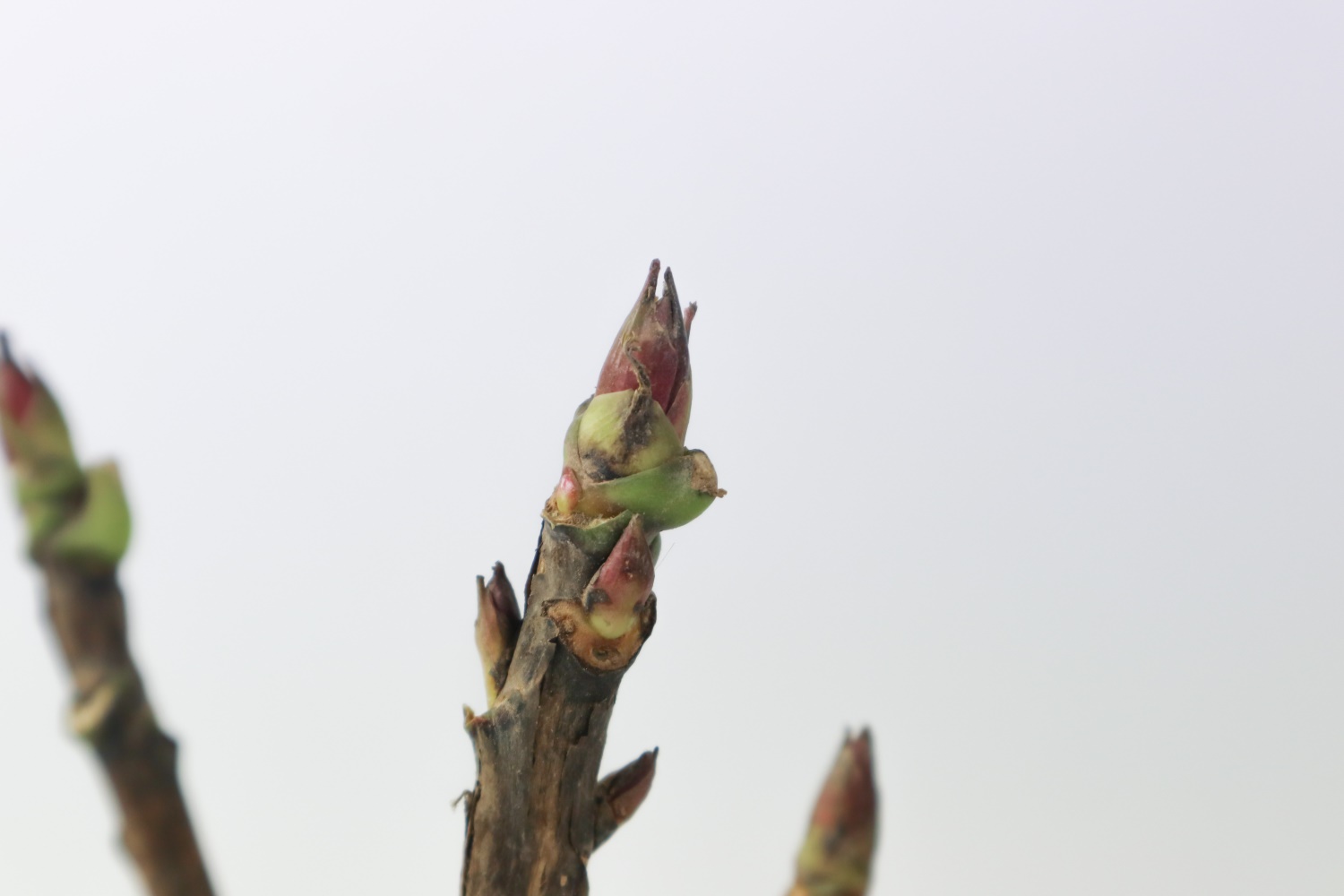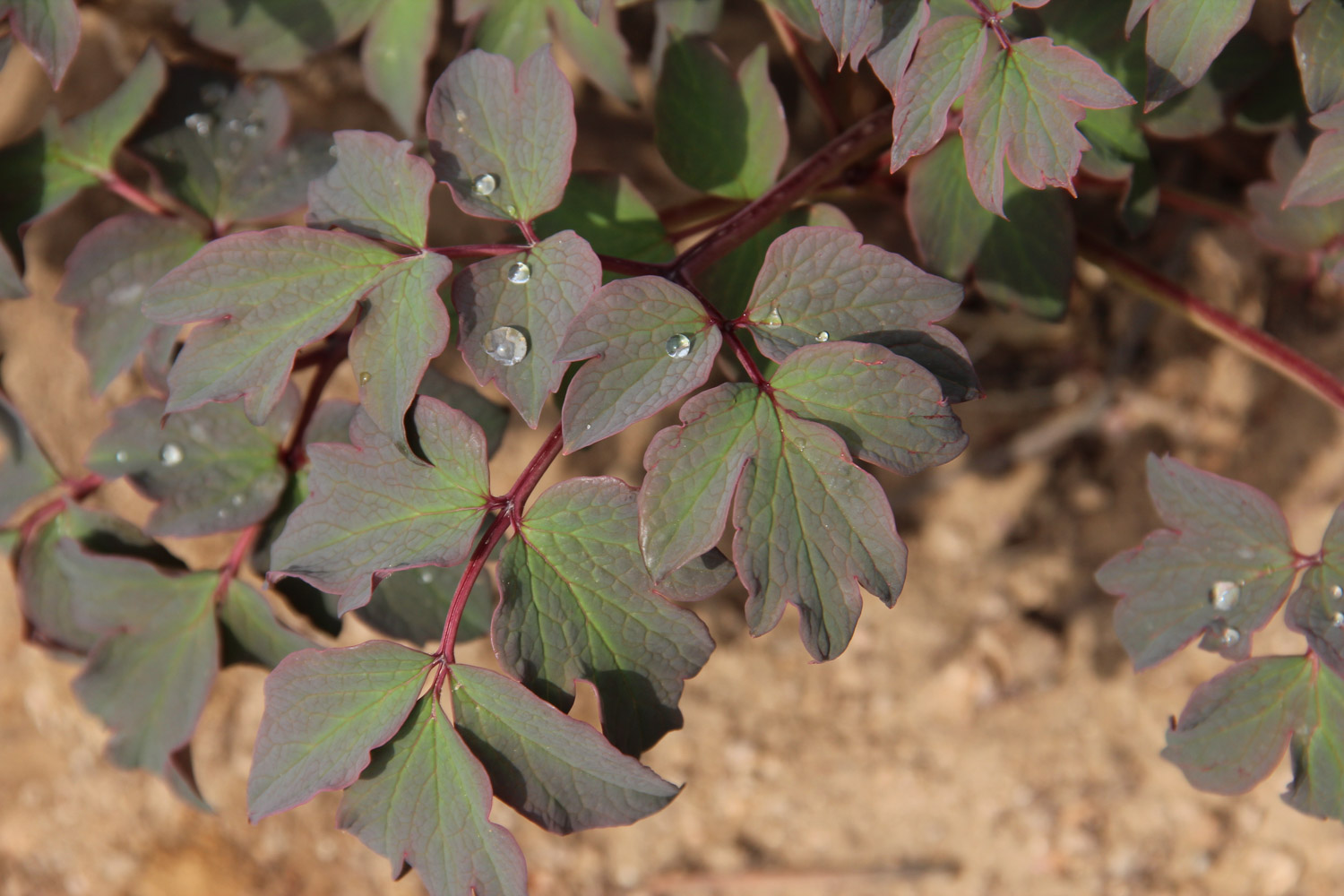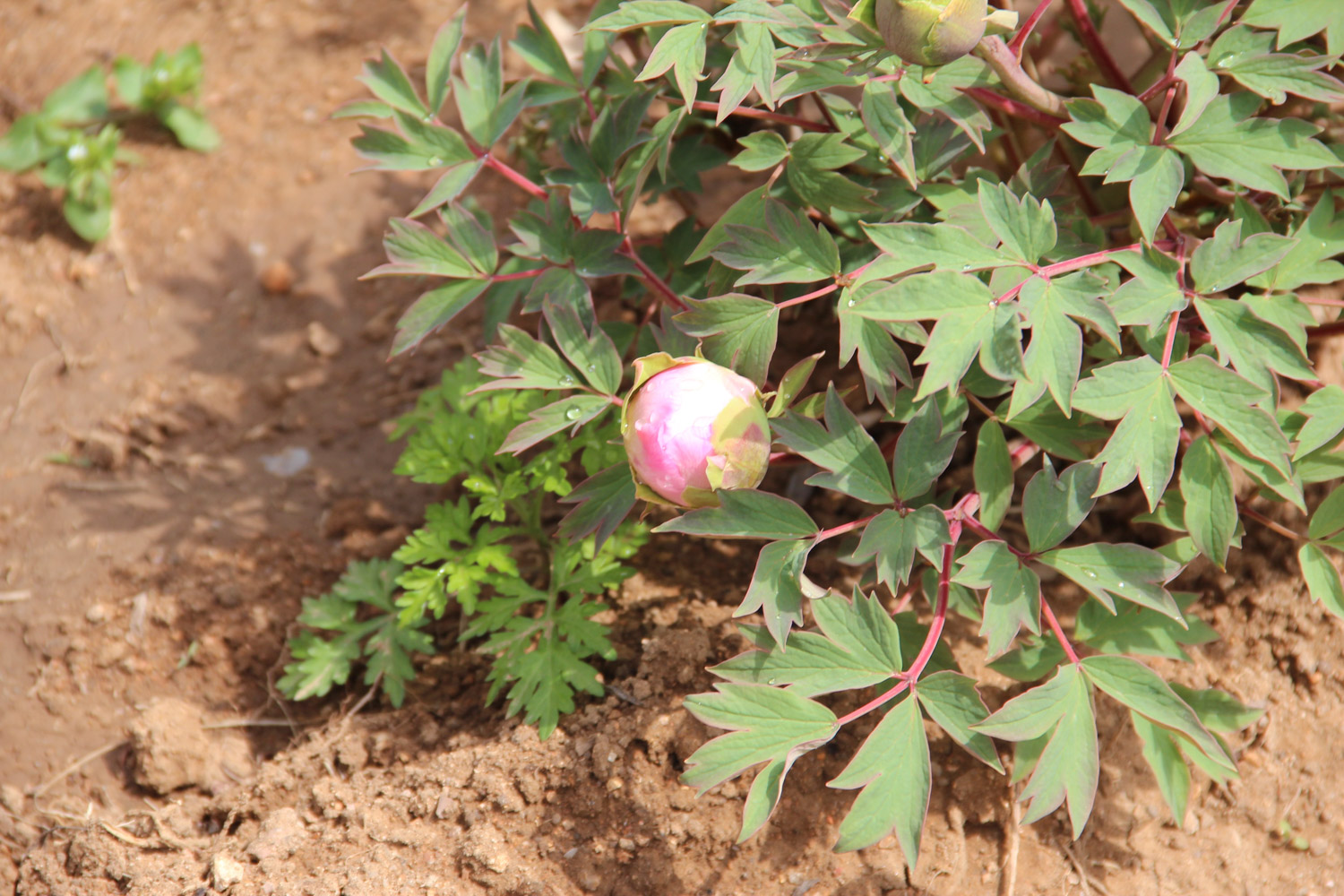1. Soil
The requirements for soil conservation of peony are not high. The sandy soil with fertile soil and good drainage performance is the best. It can also be made into nutrient soil by mixing rotten leaf soil, original soil and river sand. No matter what soil is selected for cultivation, it should be disinfected. Carbendazim can be selected for sterilization to reduce the occurrence of diseases and pests

2. Moisture
When the temperature rises in spring, peonies can be moved out of the outdoor for breeding. At this time, water should be poured once, and then loosen the soil. When loosening the soil, protect the roots. Especially before and after new buds and flowering in spring, the water should be sufficient. If the north is dry, you can have more water, but not too much. The root will rot if there is water for a long time. Don't water at noon in summer when the sun is too strong. It's best in the morning and evening. When replenishing water before and after flowering, you can add some fertilizer and replenish nutrients with fertilizer and water to make the flowers bloom more vigorously

3. Fertilization
The timing of peony fertilization is very important. Do not add fertilizer to the new plant within half a year to avoid fertilizer damage, and then apply fertilizer after half a year. Before the flowers bloom in spring, the temperature just rises and the leaves begin to sprout. At this time, fertilization accumulates nutrients for flowering; After the flower withers, add a fertilizer to supplement the nutrition consumed by flowering and help differentiate new flower buds; Add fertilizer again before winter to prepare for overwintering. Generally, the fertilizer can be applied three times a year. The fertilizer should not be too thick

4. Light and temperature
Sufficient light is very beneficial to the growth of peony. Receiving light every day can supplement nutrients, but the direct irradiation of strong light in summer and noon sun should be avoided. In order to prevent the burning of the hot sun and the loss of too much water
It can be cured at normal room temperature. The temperature is controlled at about 25 degrees. Pay attention to ventilation before and after flowering to avoid high-temperature stewing and roasting affecting flowering. Move indoors in winter

 jackfruit
jackfruit snake plant
snake plant hibiscus
hibiscus hydrangea
hydrangea lavender
lavender Green roses climb al...
Green roses climb al... If you don't pay att...
If you don't pay att... Management of four g...
Management of four g...































